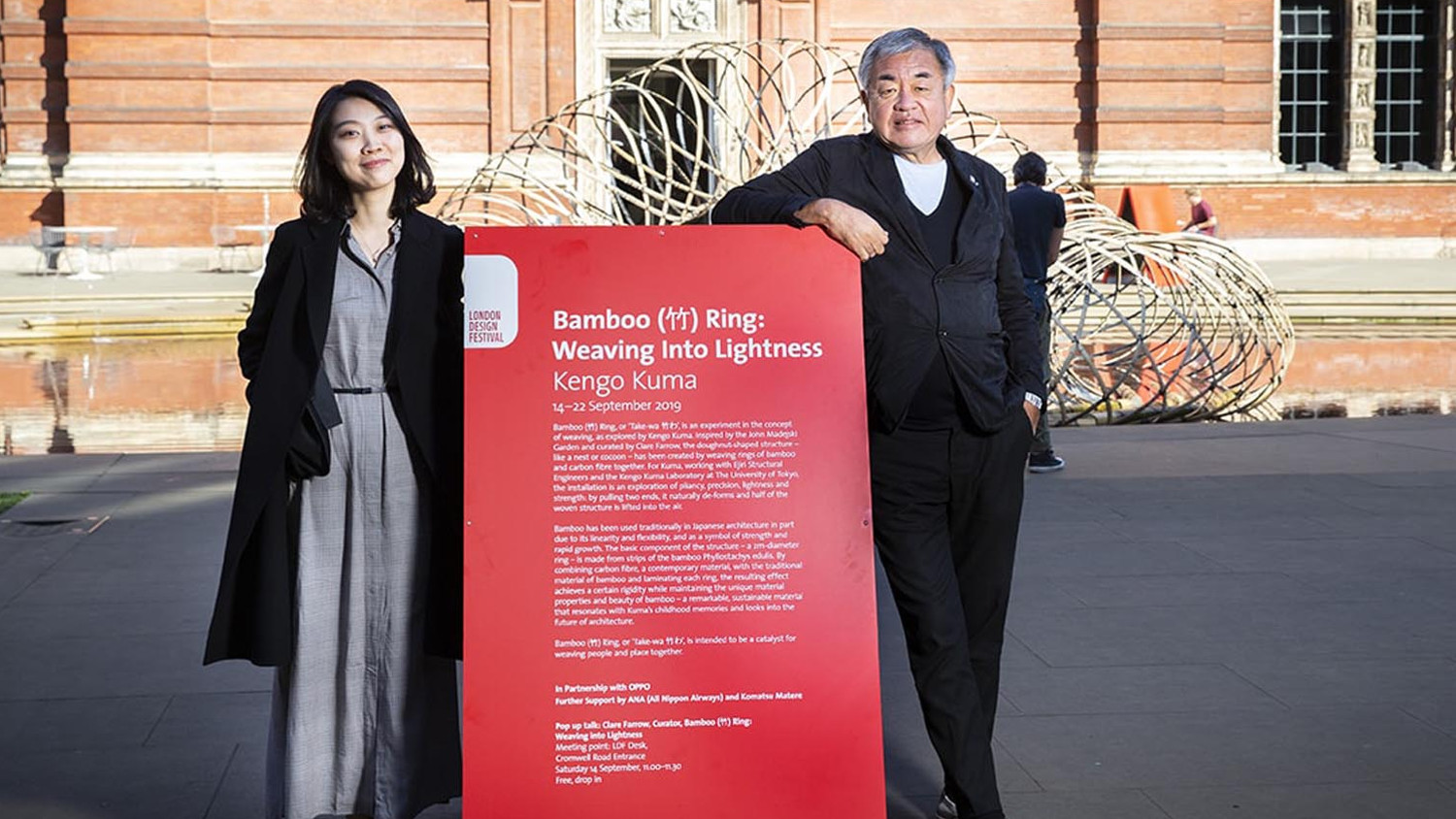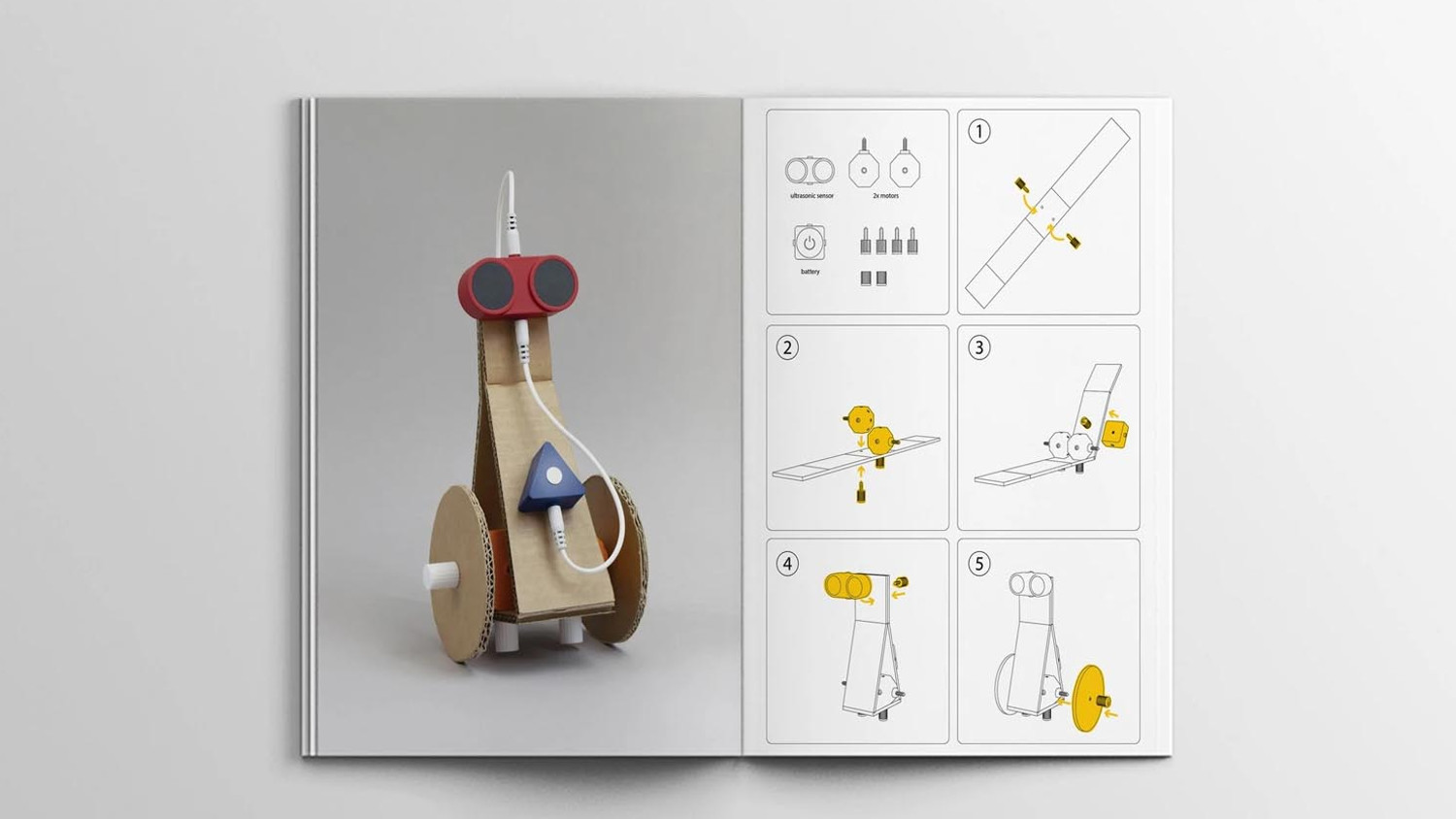Design demands a globally focused, human-centric approach, says Roberto Ruffoni, design research manager at OPPO Design Centre. He explains how it partnered with the RCA to instill this in the next generation of designers
Design is all around us. From the way our cities are planned to the mobile phones in our hands, the mission of designers is to explore and envision a better world by carefully crafting products that respond to user needs to provide the best experience possible.
This last year, therefore, has presented a significant challenge to the design community: How can you still deliver the same message and value, when so much of the experience has to move to the virtual space?
There is no one answer to this, and we’re still learning how to approach design in a pandemic. However, the level of innovation that we have seen at this time has been outstanding. The design industry is adapting to a new world and technology is at the centre of this process.
At OPPO, design is also an integral aspect of everything we do, and we are having to adapt as the world changes, which is why the OPPO London Design Centre is so important.
The OPPO London Design Centre acts as a pathfinder and a pioneer in the design field. It observes the changes happening in lifestyles and creative industries, in order to envision the next generation of personal technology.
By conducting trend research across multiple fields, and by collaborating with world-class experts, we distill trends into products through a multi-disciplinary approach that encompasses aesthetics, materials, technology, user experience and manufacturing.
As part of our mission to connect OPPO and world renowned institutions of global design and education, we have partnered with The Royal College of Art (RCA) in London on a project called Humanising Technology. This programme is based on the creative exchange between design teams at OPPO and students of RCA and explores how technology products can be made more human through a people-centric approach.

The global market of design
On average, we spend three hours and 15 minutes on our mobile phones each day. Therefore, this experience needs to be a premium one and to feel personal. In a global market, designers need to be able to achieve this by balancing universal appeal with local requirements and cultural sensibilities.
As technology continues to develop, the world around us is getting smaller as we collaborate and communicate from anywhere, with anyone. This significantly impacts the design world, as designers look at both global and local markets and the differences between them.
However, the beauty of design is that it can bring communities and individuals together from across the globe. The possibility of this connection across different markets and areas means that designers can approach global trends and ideas in order to touch as many different people as possible.
My team looks globally at research and inspiration: while we may start in Europe, as a global design trendsetter, we will always cast wider to establish a global perspective.
London was chosen as the location for the design centre because it is a global city that sits at the centre of many creative industries and a melting pot for innovation. Our team is exposed to all sorts of cultures and ideas from around the world, which is essential for a global brand.
One thing that unites many of us across the globe is our reliance on technology; and so part of our mission has been to find exciting ways to develop this relationship between humans and machines.

OPPO – Humanising technology
As technology blends into our everyday life, it should be a designer’s prerogative to create products that infuse it with human sensibility, so that we can provide the best possible experience for future users.
Bridging this gap between technology and humans through design has been a focus for our design centre and an exciting journey that we are still on.
Humanising technology was chosen as a brief for the partnership between the OPPO London Design Centre and the Royal College of Art because we wanted to learn from, as well as teach, young talent about how our increasingly connected lives can remain balanced and become more efficient in an effortless and natural way.
This can be showcased in well-designed technology that flows seamlessly into one’s life and so adapts to human life, not the other way around.
We challenged students to look at how technology and the arts can weave together to be integrated further into everyday life.
One key message that came out of this partnership was that empathy and human behaviour should be driving design principles for a vision of technology that empowers human values, instead than overriding them.
Understanding human behaviour is essential for OPPO Design and allows it to resonate with both global and local users. Students were given the opportunity to think deeply about how to integrate these behaviours in their projects to deliver humanised technology.
For example, in his project Animate, Matthieu Muller envisioned a kit of cardboard parts and electronic components that children can playfully assemble to make interactive and personalised toys.
In her project ToolForm, Jiarui Liao looked at how users might be directly involved in the production process of fashion accessories, such as glasses, by integrating intuitive customisation technology into the manufacturing process.
The students were also challenged by the need to work remotely in this partnership, as projects were finalised after a series of remote reviews with our design team.
Not only did lockdown set the backdrop to these projects, but it also meant that, for the first time, the RCA’s graduate show was going to be virtual.
For many of our designers whose projects relied on physical touch and experience, creating this experience online was always going to be a challenging task. However, the benefits of holding an online event were quickly realised.
An online show meant that a far wider audience could view and participate, without the need for them to travel or to navigate time zones. The power of technology to bring people together was fully realised and the brief of humanising technology came to life virtually.

OPPO – The future of design
Every industry is currently undergoing significant change and we are still learning how to navigate this. One thing that has become clear, however, is that the role of technology in our lives is becoming ever stronger and will continue to do so.
Looking ahead, it will be up to design to bridge the gap between humans and technology in order to respond to the needs of a more globalised and connected market while making sure that our users and the quality of their lives remain at the center of our creative process.






